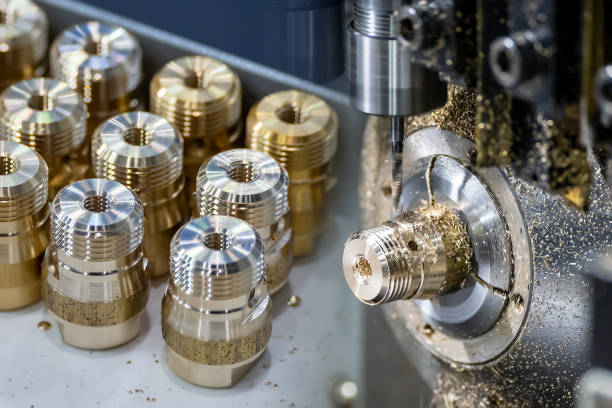Introduction
In the world of manufacturing, precision, and efficiency are paramount. One such method that has gained popularity for its ability to achieve both is the centerless grinding service. This article will provide a comprehensive overview of centerless grinding, its advantages, and its applications. Learn from the centerless grinding professionals at Amerascrew!
What is Centerless Grinding?
Centerless grinding is a metalworking process that removes material from a workpiece by abrasive cutting. Unlike other grinding methods, it does not require the workpiece to be mounted on a spindle or held between centers. Instead, the workpiece is supported by a work rest blade and positioned between a grinding wheel and a regulating wheel. To learn more about the basics of centerless grinding, you can check out this resource.
Types of Centerless Grinding
There are three main types of centerless grinding, each suited for different applications:
- Through-feed grinding: The workpiece is fed into the grinding and regulating wheels, with the grinding wheel performing the material removal. This type is suitable for long, cylindrical parts.
- In-feed grinding: The workpiece is manually fed into the grinding and regulating wheels, making it suitable for complex shapes and shorter workpieces.
- End-feed grinding: Similar to in-feed grinding, the workpiece is fed axially into the machine, making it suitable for tapered workpieces.
Advantages of Centerless Grinding
Centerless grinding offers several benefits, including:
- High precision: Achieves tight tolerances and fine surface finishes
- Faster production: No need to mount workpieces on a spindle or between centers
- Consistent surface finish: Reduced risk of workpiece deformation
- Reduced labor costs: Less manual intervention required
- Versatility: Can grind a wide range of materials and shapes
Applications of Centerless Grinding
Centerless grinding is used in various industries, such as:
- Aerospace industry: Grinding turbine engine components, bearings, and landing gear parts
- Automotive industry: Manufacturing engine components, shafts, and gears
- Medical industry: Producing surgical instruments, implants, and needles
- Tool manufacturing: Creating cutting tools, drills, and dies
How to Choose a Centerless Grinding Service Provider
When selecting a centerless grinding service provider, consider the following factors:
- Experience and expertise: Look for a provider with a proven track record in the industry
- Quality control measures: Ensure they have stringent quality control processes in place
- Turnaround time: Assess their ability to meet your deadlines
- Customer service: Prioritize providers with excellent communication and support
Centerless Grinding Process
The centerless grinding process involves several key components, including the grinding machine, grinding wheel, and regulating wheel. Proper setup is crucial to achieving the desired results.
FAQs
- How much does the centerless grinding service cost? The cost varies depending on factors such as material, complexity, and turnaround time.
- What materials can be centerless ground? Most metals, including steel, stainless steel, aluminum, and brass, can be centerless ground.
- What is the maximum size of a workpiece that can be centerless ground? The size limitations depend on the capabilities of the grinding service provider and their equipment.
With a solid understanding of centerless grinding services, you can now work with the professionals at Amerascrew

Comments
Post a Comment